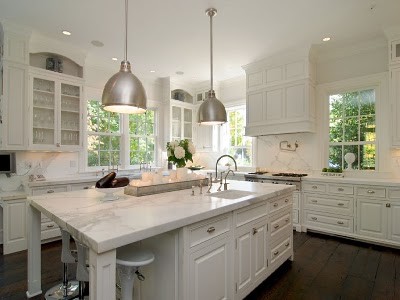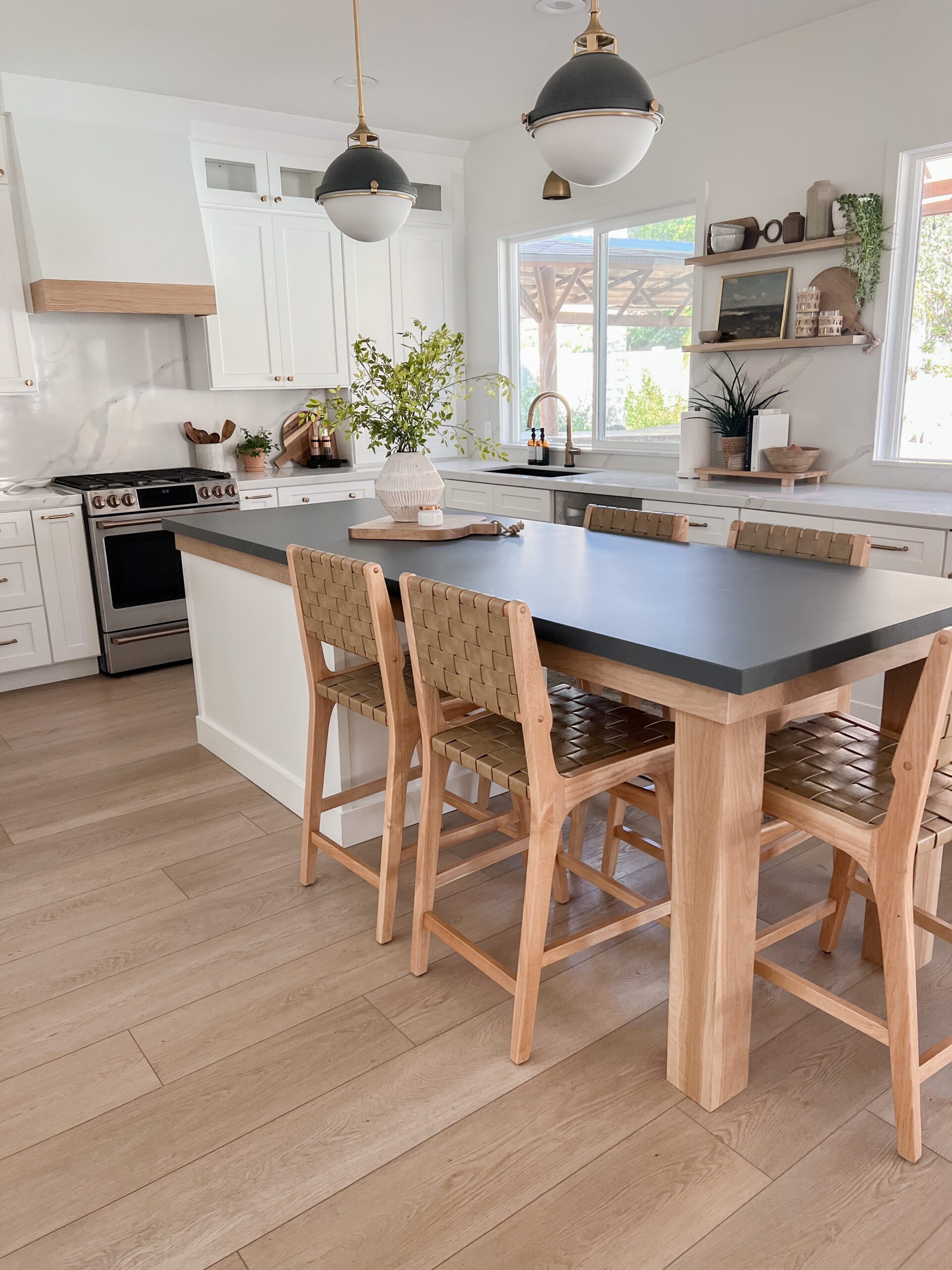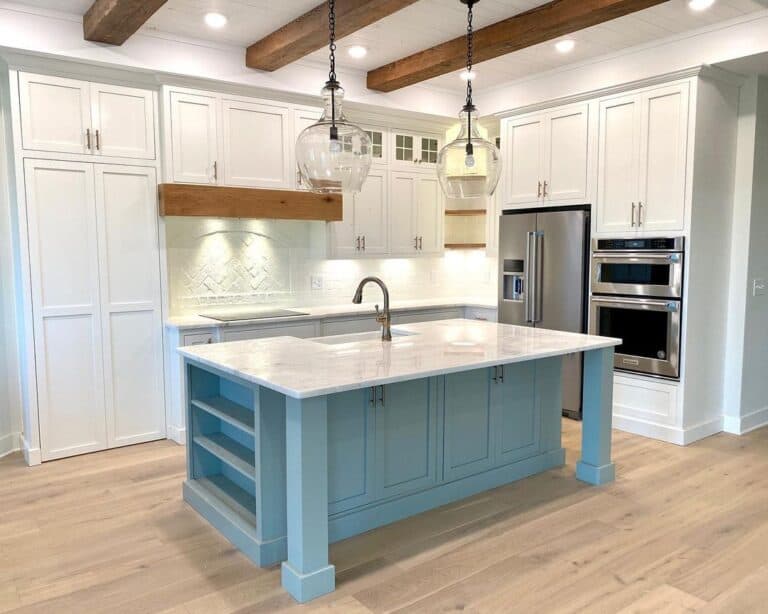Add Stability and Elegance with Sturdy Legs For Kitchen Island Setups
Add Stability and Elegance with Sturdy Legs For Kitchen Island Setups
Blog Article
Crucial Aspects to Think About When Choosing Legs For Kitchen Island
Picking the appropriate legs for a kitchen area island entails a cautious analysis of multiple aspects that can significantly influence both capability and visual appeal. As we check out these components, it becomes clear that each choice can have far-ranging implications for the general cooking area experience.
Product Options
When selecting legs for a kitchen area island, recognizing the numerous material choices is crucial for achieving both aesthetic charm and architectural honesty (Legs For Kitchen Island). The choice of material considerably affects not just the durability of the island but likewise its general layout and capability
Steel legs, often made from stainless steel or wrought iron, add a contemporary and industrial feeling while ensuring sturdiness and stability. These materials are immune to put on and can sustain considerable weight, making them optimal for larger islands.
Another alternative is crafted materials, like MDF or plywood, which can be much more cost-effective while still offering a variety of surfaces. They might not supply the exact same degree of security as solid timber or metal. Legs For Kitchen Island. Products such as acrylic or glass can create a modern look, though they might need additional assistance to ensure security.
Ultimately, the option of material for cooking area island legs must align with the wanted functionality and the total style of the cooking area.
Design And Style

When taking into consideration design, the form and surface of the legs are important. Conical legs can supply a feeling of lightness and beauty, while thicker, much more robust legs can convey strength and security. In addition, the surface-- be it painted, discolored, or natural-- should enhance the kitchen cabinetry and kitchen counter materials to create a unified look.
Furthermore, the design of the legs can also mirror individual taste. Custom or decorative legs, such as those including complex carvings or unique geometric forms, can function as centerpieces, adding personality and character to the kitchen. Inevitably, the ideal option will certainly not just enhance capability however also boost the visual appeal, making the cooking area island a standout function of the home.
Height Factors To Consider
Picking the appropriate height for cooking area island legs is essential, as it straight influences both functionality and convenience. The typical height for a kitchen area island typically ranges from 36 to 42 inches, lining up with usual countertop heights.

It is likewise important to make up individuals' heights and choices. Customizing the elevation can guarantee a comfy experience for all member of the family, making the kitchen area island a more satisfying and functional space.
Weight Assistance
Making certain appropriate weight support for kitchen area island legs is vital for both security and functionality. The kitchen area island often serves numerous purposes, consisting of food preparation, dining, and added storage, requiring a durable support structure. When picking legs, it is essential to take into consideration the overall weight capability called for based upon the island's intended use and the products that view it now will certainly be positioned on it.
The option of product for the legs plays a significant function in their weight-bearing capacities. Strong timber, steel, and heavy-duty composites normally give exceptional stamina contrasted to lighter products. Additionally, the design of the legs-- whether they are directly, tapered, or have a pedestal type-- can affect their capacity to distribute weight efficiently throughout the framework.
In addition, the leg positioning should be strategically prepared to improve security. Legs placed at the edges or with a bigger base can much better sustain heavier look at these guys loads. Always speak with the producer's specs relating to load limitations to ensure that the legs can sustain the intended weight without compromising safety. In summary, selecting kitchen island legs with adequate weight support is essential for creating a useful and secure cooking area.
Installment and Upkeep
Appropriate installation and upkeep of kitchen area island legs are vital for ensuring long life and stability. To begin, it is necessary to comply with the producer's standards during installation. This usually includes securing the legs to the space station using ideal fasteners, ensuring that the legs are degree and aligned. Making use of a level device can help protect against wobbling and boost the general visual appeal of the cooking area island.
As soon as installed, routine maintenance is required to maintain the integrity and look of the legs - Legs For Kitchen Island. For wood legs, periodic cleaning with a wet cloth and application of appropriate timber gloss can prevent wetness damages and keep their finish. Steel legs might require a gentle cleaning solution to get rid of oil and grime, complied with by a completely dry towel to stop rust formation
Furthermore, check the legs regularly for signs of wear or damage, such as cracks or loose joints. Tightening screws or screws as required can additionally lengthen the life-span of the legs. By sticking to these installment and upkeep techniques, house owners can make certain that their cooking area island continues to be strong and aesthetically appealing for many years to find.
Conclusion

Visual comprehensibility is paramount in selecting the style and style of legs for a kitchen area island, as these aspects substantially affect the overall ambiance of the space. Tapered legs can offer a sense of lightness and sophistication, while thicker, a lot more durable legs can share toughness and security.Picking the ideal elevation for cooking area island legs is critical, as it straight influences both capability and convenience. In recap, choosing kitchen area island legs with appropriate weight support is vital for producing a functional and safe culinary room.
In verdict, picking legs for a kitchen area island requires cautious consideration of various variables, consisting of product choices, style, elevation, weight assistance, and setup.
Report this page